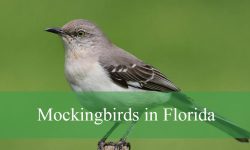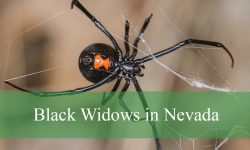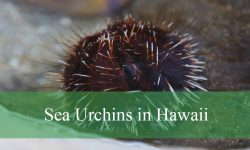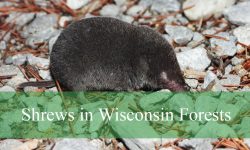Florida is home to a diverse array of owl species, totaling eleven, which encompass the Burrowing Owl, Northern Saw-Whet Owl, Barn Owl, Short-Eared Owl, Eastern Screech-Owl, Barred Owl, and Great Horned Owl, among others.
Although many of these species have established mating and migratory habitats, if you happen to encounter an unfamiliar owl species in Florida, enjoy the moment and appreciate the rare opportunity to witness the wonders of nature.
Different Types of Owls in Florida
Barred Owl
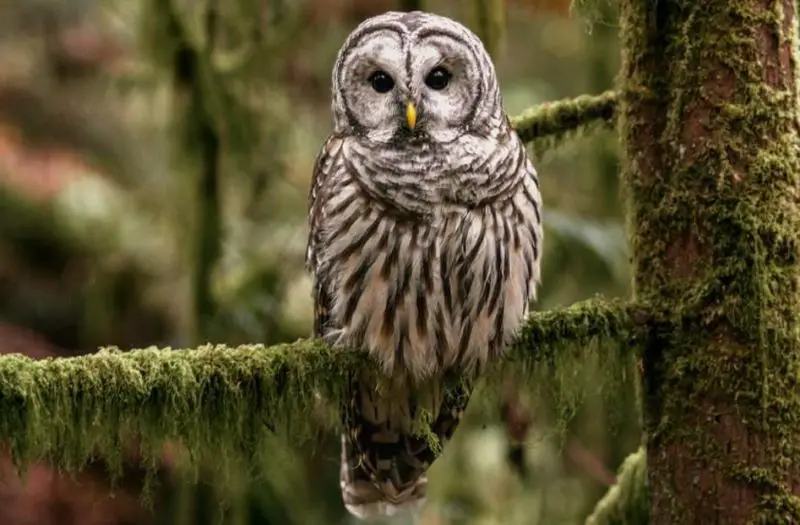
The medium-sized Barred Owl (Strix varia) is a species of owl distinguished by its unusual barred plumage pattern and eerie call. These magnificent birds have a remarkable wingspan of 39.0 to 43.3 inches (99-110 cm), and they range in length from 16.9 to 19.7 inches (43-50 cm) and weight from 16.6 to 37.0 ounces (470-1050 g). According to eBird, their occurrence frequency is 3.77%.
The panhandle, north-central Florida, or the Tampa Bay area are good places to look if you’re hoping to see these fascinating animals. Make sure you have large trees with plenty of roosting and nesting locations if you want to draw them to your property. Providing a water source, like as a pond or creek, can also attract them more. Above all, try to keep human and pet disruptions to a minimum as these can scare off owls.
Barred Owls are found in forests, woodlands, and wetlands in North, Central, and South America. These environments are their natural habitats. Small species like rats, rabbits, snakes, insects, and fish make up the majority of their varied food, which makes them essential to their habitats. The meeting with a Barred Owl, whether it be softly gliding through the night or heard calling in the deep forest, is always an unforgettable experience that unites us with the natural beauties of the world.
Great-horned Owl
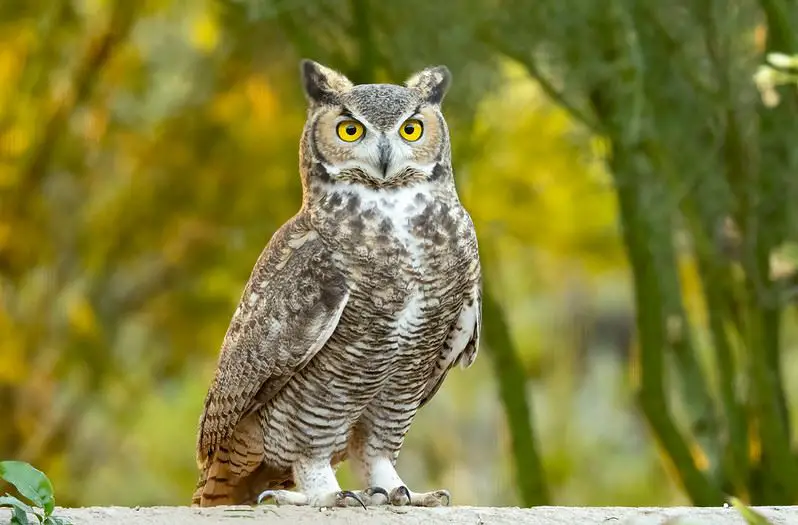
In the world of birds, the Great-horned Owl (Bubo virginianus) is a symbol of majesty and quiet power. These fearsome animals have a length of 18.1 to 24.8 inches (46-63 cm) and a weight of 32.1 to 88.2 ounces (910-2500 g). They also have an amazing wingspan of 39.8 to 57.1 inches (101-145 cm). With a frequency of occurrence of 1.76%, their presence, though relatively rare, imbues the wilderness with an air of mystery and power.
Excellent places to watch these breathtaking hunters are along the St. John’s River, in the Everglades National Park, and in the Ocala National Forest. If you want to draw them to your area, you may place a nest box or provide a food supply, like live traps filled with rats or mice. Watch out for their characteristic black, pellet-shaped droppings, which indicate when they are close.
In keeping with their predatory tendencies, great-horned owls primarily hunt small mammals such as rabbits, hares, and rats, but they also devour birds, reptiles, and amphibians. Because of their flexibility, they can live well in a variety of environments, including urban settings, woodlands, and deserts, confirming their position as the top predators in both North and South America.
Eastern Screech Owl
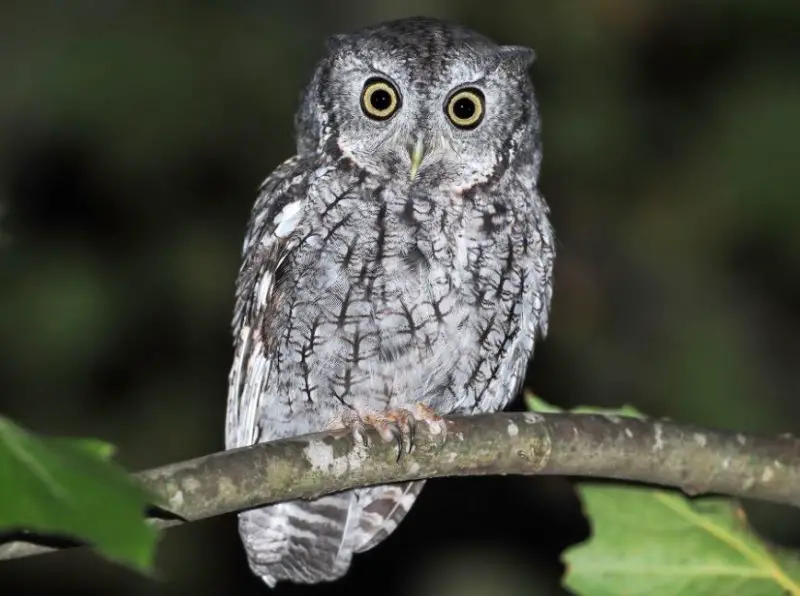
Despite its little size, the Eastern Screech Owl (Megascops asio) is a common sight in the parks and forests of eastern North America. These small hunters are striking with a wingspan of 18.9 to 24.0 inches (48-61 cm) and a length of 6.3 to 9.8 inches (16-25 cm) and weight of 4.3 to 8.6 ounces (121-244 g). Even though their frequency of occurrence is very low (0.8254%), birdwatchers and wildlife enthusiasts alike treasure seeing them.
Go into these elusive animals’ preferred habitats in Florida to get a sight of them, especially in the area of Gainesville’s Paynes Prairie Preserve State Park and the southern shores of Lake Kissimmee. There are plenty of opportunities to see them stealthily floating in pursuit of prey or perched in trees in these locales.
Installing a nest box in a sheltered area with dimensions of approximately 10×12 inches and a 6-inch opening is a good way to attract Eastern Screech Owls to your garden. You can also attract them by making a roosting spot out of stacked branches. Adding a consistent source of food for insects, small mammals, birds, and reptiles to your landscape also helps to draw these amazing animals to your area. Whether it’s in your backyard or out in the wild, the Eastern Screech Owl never fails to enthrall with its unique call and cunning hunting techniques.
Burrowing Owl
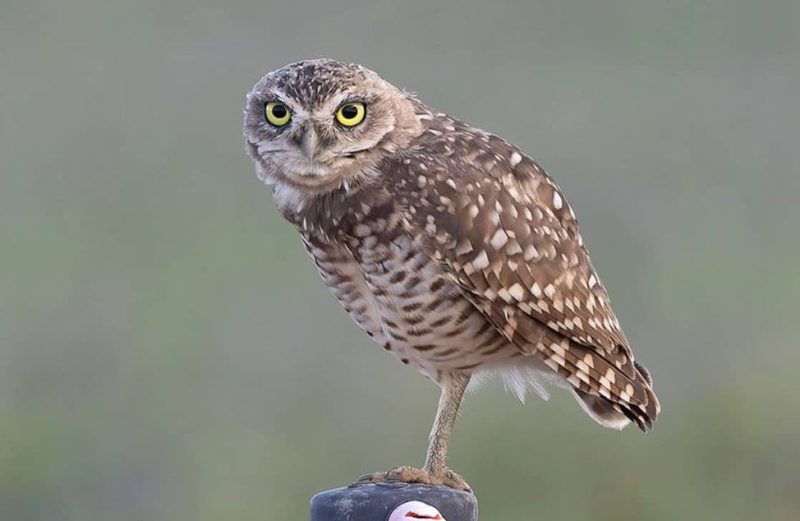
Among its nocturnal cousins, the Burrowing Owl (Athene cunicularia) is distinguished by its distinct habits and preferred environment. This owl is small, weighing around 5.3 ounces (150 g) and measuring between 7.5 and 9.8 inches (19-25 cm) in length, yet it has a wingspan of about 21.6 inches (55 cm). Even though it only occurs occasionally (0.5084% of the time), seeing one of these charismatic birds is a wonderful experience for any birdwatcher.
Visit well-known sites like the Merritt Island National Wildlife Refuge, the St. Marks National Wildlife Refuge, or the Paynes Prairie Preserve State Park if you want to see burrowing owls in their native environment. These places offer the ideal foraging and breeding environments, which are critical to these owls’ survival.
Establishing a suitable ecosystem is essential if you want to draw Burrowing Owls to your land. Ascertain that there are open spaces for breeding and foraging, as well as some shelter from the sun and predators. You can emulate these intriguing birds’ natural habitat by growing native shrubs and trees on your property and leaving portions of your lawn unmowed. This will make your home more appealing to them.
Because of their special adaptation, burrowing owls can be found in wide spaces from Alaska and Canada to Central America. They live in the western states of the US, all the way east to Kansas and Texas. Numerous open environments, such as grasslands, prairies, agricultural land, desert scrub, and wetlands including marshes and riparian zones, are home to them. By using their own underground burrows or those of other species, such as ground squirrels or prairie dogs, these industrious birds exhibit their amazing capacity for environmental adaptation and flourishing.
Barn Owl
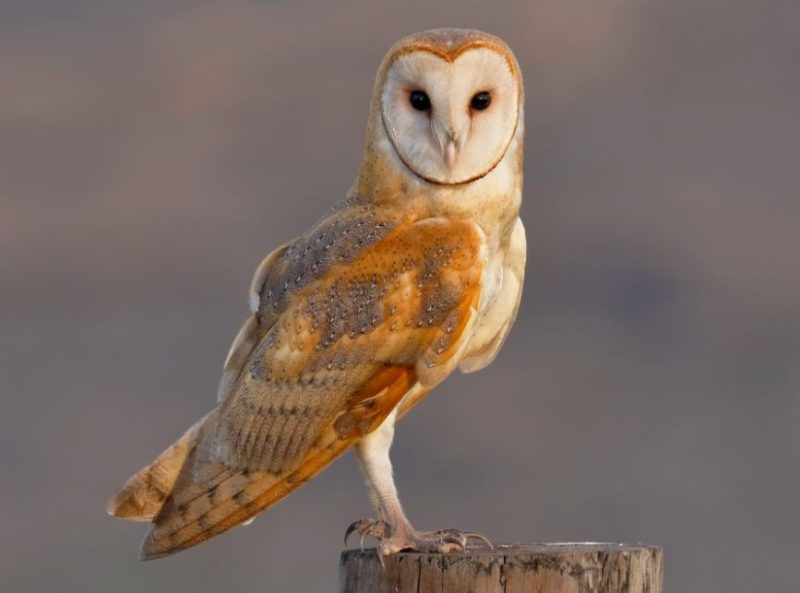
Within the bird kingdom, the Barn Owl (Tyto alba) is a representation of quiet beauty and cunning strength. With a length of 12.6 to 15.8 inches (32–40 cm) and a weight of 14.1 to 24.7 ounces (400–700 g), these impressive animals attract attention. Their wingspan is between 39.4 and 49.2 inches (100–125 cm). Even though these mysterious birds only occur occasionally—0.2740% of the time—spotting one is a treasured moment for everyone who enjoys the outdoors.
Explore places along the Gulf Coast, the Florida Keys, wetlands, marshes, and agricultural regions to see Barn Owls in their native habitat. These nocturnal hunters have plenty of hunting grounds thanks to these varied environments.
A good nesting place and a reliable food source are necessities if you want Barn Owls to visit your property. This can include artificial nest boxes placed thoughtfully throughout your property or naturally occurring tree holes. Although they will not hesitate to eat insects, lizards, or birds, their favorite food is primarily rodents. You can further attract rodents to settle in the area by placing rat bait close to their food source or nesting place.
Barn Owls can be found all over North America in agricultural regions, forest margins, and next to wetlands. Their heart-shaped face and pale plumage help them blend in with their surroundings. They contribute to the delicate balance of the habitats they live in by quietly hunting their prey under the cover of darkness thanks to their extraordinary sense of hearing. With their impressive wingspan and silent flight, Barn Owls exemplify the beauty and adaptability of nature’s aerial predators.
Short-eared Owl
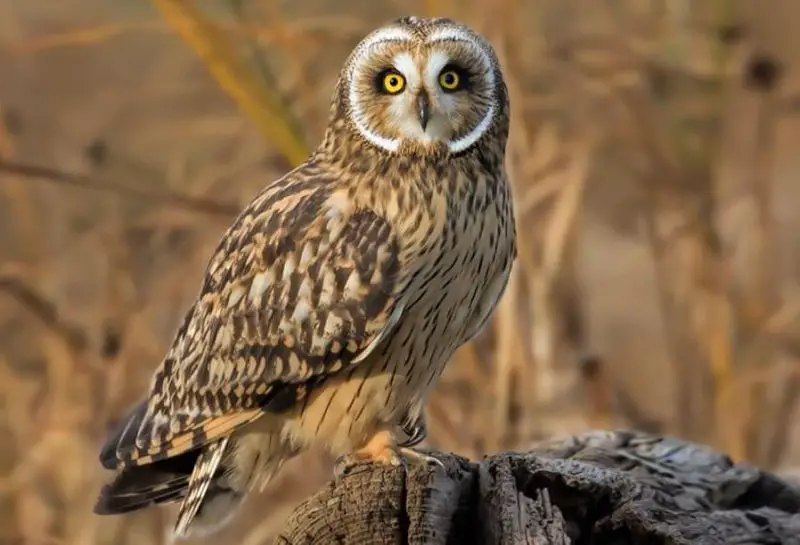
With its sleek build and stealthy flight, the Short-eared Owl (Asio flammeus) is the bird kingdom’s embodiment of grace and agility. These amazing birds have a length of 13.4 to 16.9 inches (34–43 cm) and a weight of 7.3 to 16.8 ounces (206-475 g). Their wingspan is 33.5 to 40.5 inches (85–103 cm). Even though they are extremely rare—frequently occurring only 0.0254% of the time—spotting one of these secretive owls is a treasured experience for birdwatchers.
In order to see Short-eared Owls in Florida, you should visit areas like the Everglades, the Panhandle, and the Gulf Coast. These varied environments provide ideal circumstances for roosting and hunting.
Give Short-eared Owls plenty of food sources and a secure place to roost if you want them to visit your property. A good nesting site can be made out of a 12-inch-diameter, deep metal garbage can with a wire mesh-covered opening on top. Make sure the surrounds include broad spaces like fields, prairies, meadows, and agricultural lands and wetlands, where they can find many of their preferred prey, such as mice, voles, rabbits, birds, amphibians, reptiles, and insects.
The best times of day for Short-eared Owls to hunt are at dusk and morning. They use their sharp hearing and vision to locate their prey, which they frequently spot perched on telephone poles or fence posts, calmly waiting for the right opportunity to attack. The Short-eared Owl is a predatory bird of prey that lends a mysterious quality to the environments it inhabits with its unique aerial acrobatics and stealthy glides.
Snowy Owl
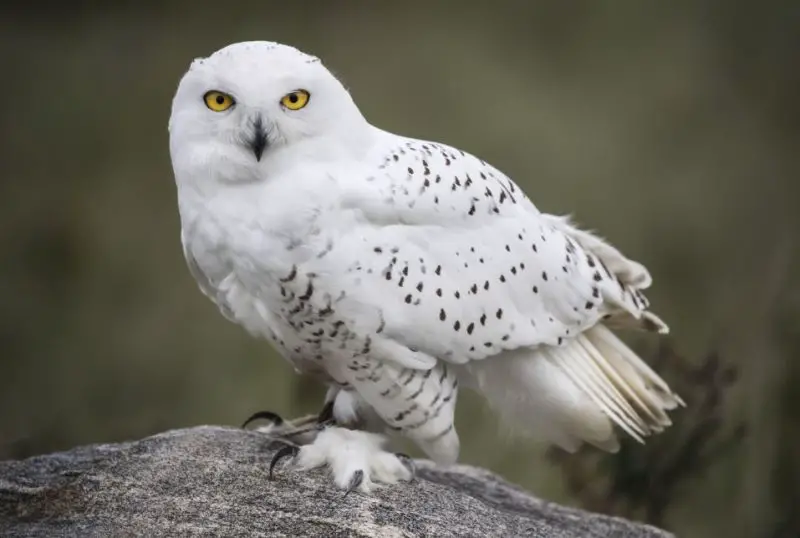
The magnificent appearance and remarkable white plumage of the Snowy Owl (Bubo scandiacus) make it an enthralling icon of the Arctic tundra. With a wingspan of 49.6 to 57.1 inches (126-145 cm), these amazing birds grab attention. They range in length from 20.5 to 27.9 inches (52-71 cm) and weigh between 56.4 and 104.1 ounces (1600-2950 g). Even though these Arctic wanderers are extremely rare—frequently occurring at just 0.0084%—coming across one is an amazing experience for birdwatchers.
Snowy Owls are unusual to see in Florida, but they can occasionally be seen in unlikely places including the northern panhandle near Pensacola, the central region of the state around Lakeland and Orlando, and even as far south as Miami. Although they usually live in colder areas like as Canada and the northern United States, Snowy Owls occasionally migrate south to warmer regions such as Florida.
Having a consistent source of food is essential if you want Snowy Owls to visit your home. A tempting gift could be live prey like mice or rats, or owl pellets. It will also increase the likelihood of attracting these gorgeous birds if you create a perch in an open place with a clear view of the surroundings and provide cover.
Because of their natural adaption to the harsh Arctic climate, snowy owls rely on their acute hunting abilities to bring down a wide range of prey, including small animals, birds, fish, and carrion. They are among the most recognizable birds in North America due to their hardiness and beauty, capturing people’s attention wherever they go.
Long-eared Owl
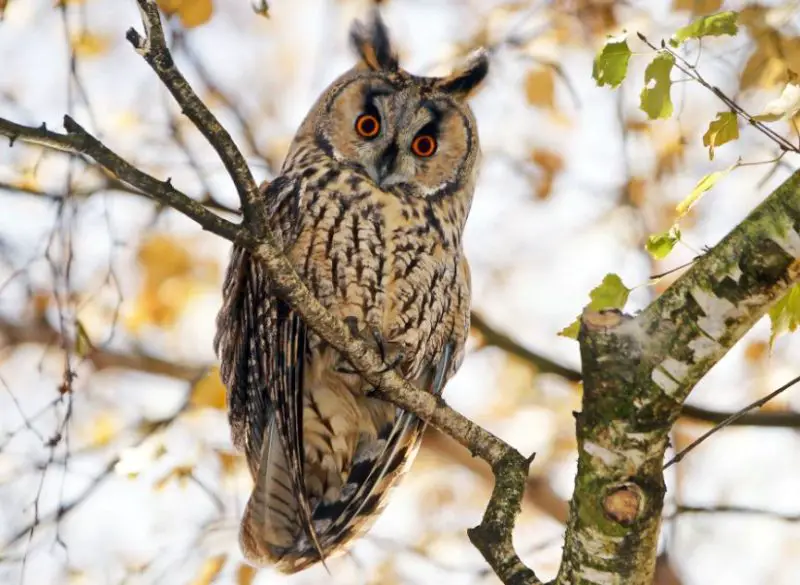
Among nocturnal hunters, the Long-eared Owl (Asio otus) is the model of stealth and adaptability. These elusive birds are between 13.8 and 15.8 inches (35-40 cm) long and weigh between 7.8 and 15.3 ounces (220-435 g). Their wingspan is between 35.4 and 39.4 inches (90-100 cm). Even though these owls are extremely rare—they only appear once in a thousand years—spotting one is a treasured moment for anyone who enjoys watching birds.
In Florida, open spaces abundant in prey, such Paynes Prairie Preserve State Park, Ocala National Forest, and Everglades National Park, are frequently visited by Long-eared Owls. Increasing the likelihood of drawing these elusive birds to your property can be accomplished by offering a secure landing area, a plentiful supply of live mice or rats for food, and protection from the weather.
Geographically distributed throughout North America, Europe, and Asia, long-eared owls favor deep woods with lots of trees and understory for hunting and roosting. They also live in open spaces with sporadic trees or bushes, where they hunt for small mammals like mice, voles, and rabbits throughout the day and at night, in addition to birds like songbirds and ducks. With their keen hunting skills and adaptable nature, Long-eared Owls exemplify the resilience and beauty of nature’s avian predators.
Flammulated Owl
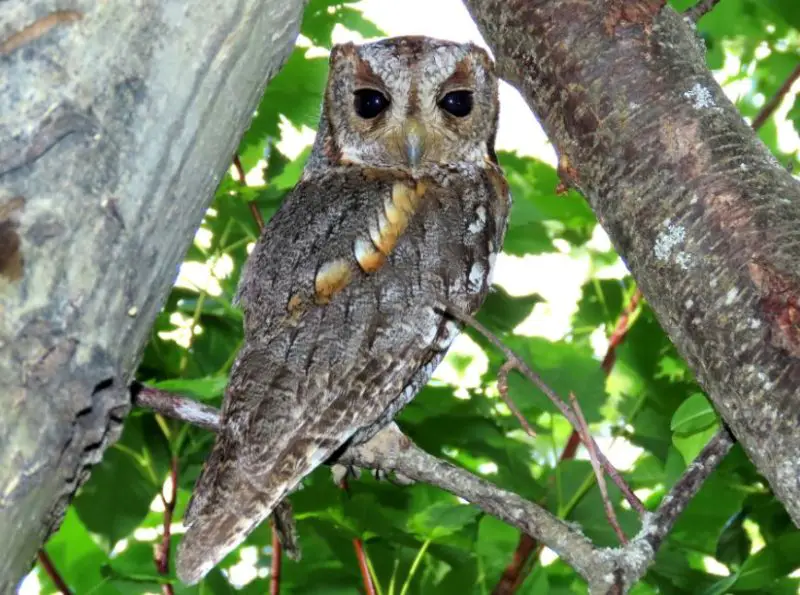
Despite its diminutive size, the Flammulated Owl (Otus flammeolus) lends a sense of mystery to North American woodlands. These elusive birds are between 5.9 and 6.7 inches (15-17 cm) long and weigh between 1.5 and 2.2 ounces (43-63 g). Their wingspan is between 15.9 and 16.1 inches (40.5-41 cm). For bird aficionados, seeing one of these elusive owls is a highly sought-after experience, even though its frequency of occurrence is a minuscule.
In Florida, the Panhandle and Big Bend regions are usually home to Flammulated Owls. Creating a habitat that closely resembles the natural habitat of these elusive birds will help you draw them to your location. Important elements include open spaces for hunting, tall trees for perching, and protection for hiding during the day. Mimicking their preferred environment, a mixture of fields, meadows, shrubs, and trees should be created.
Dry, open forests and woodlands are ideal for the flourishing of Flammulated Owls, who feed mostly on small mammals such as mice, rats, and voles. They add birds, insects, and other tiny prey to their diet as well.
Northern Saw-whet Owl
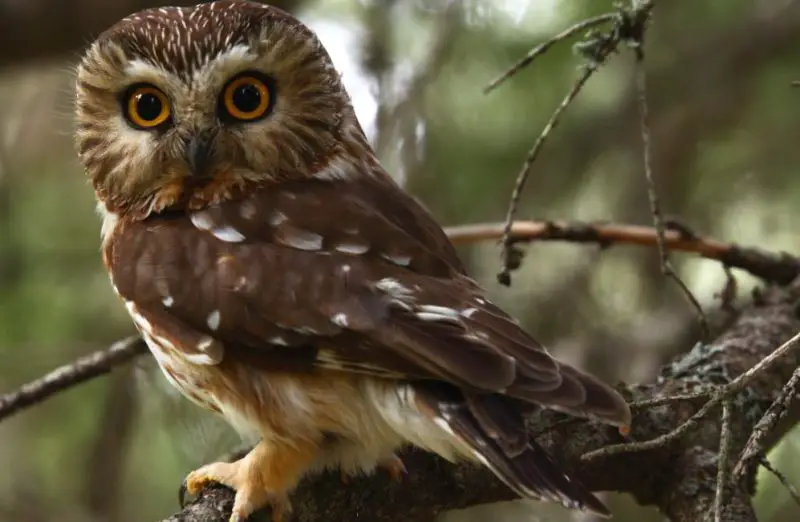
Despite its diminutive stature, the Northern Saw-whet Owl (Aegolius acadicus) adds a magical element to North American woodlands. These elusive birds are between 7.1 and 8.3 inches (18-21 cm) long and weigh between 2.3 and 5.3 ounces (65-151 g). Their wingspan is between 16.5 and 18.9 inches (42-48 cm). They live best in wooded areas close to sources of water; they are mostly found in the Panhandle and northern Florida, and they are most active at night.
In order to draw Northern Saw-whet Owls to your backyard, you must build an appropriate environment. These owls thrive in dense woodlands with plenty of trees for roosting and nesting. Evergreens, birch, and black cherry trees are examples of shrubs and trees that can be planted to provide shade and resemble their natural habitat. Building nesting boxes also gives them a secure area in which to procreate and rear their young.
Northern Saw-whet Owls prey primarily on small mammals such as mice, rats, and rabbits, supplemented with insects. Providing bird feeders with owl pellets can also entice them with a readily available food source. Despite their diminutive size, these owls play a crucial role in controlling rodent populations and maintaining the balance of their forest ecosystems across Canada, the United States, and Mexico.

